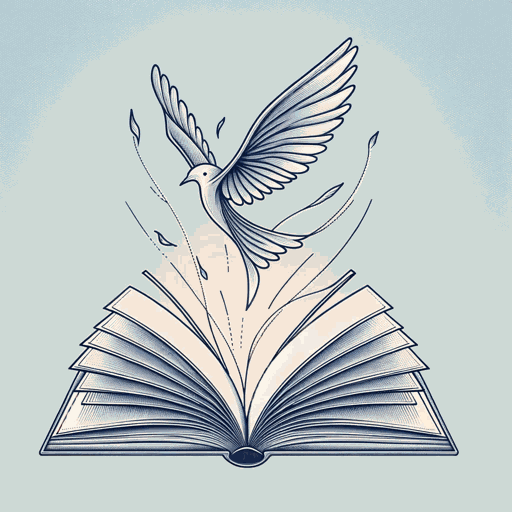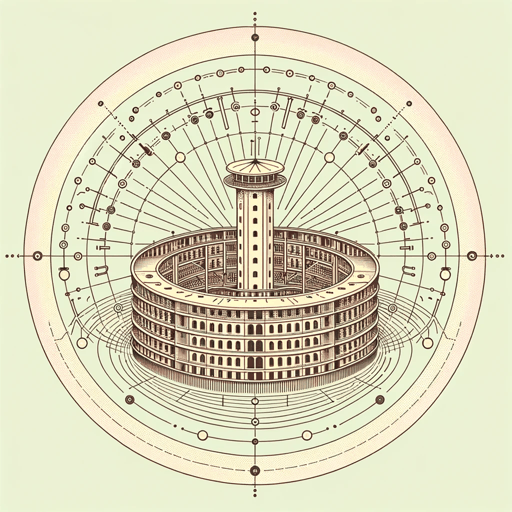60 pages • 2 hours read
Michel FoucaultThe Order of Things: An Archaeology of the Human Sciences
Nonfiction | Book | Adult | Published in 1966A modern alternative to SparkNotes and CliffsNotes, SuperSummary offers high-quality Study Guides with detailed chapter summaries and analysis of major themes, characters, and more.
Themes
Representation and the Classical Episteme
The first half of The Order of Things is dedicated to mapping out the classical episteme and how it relates to the concept of representation. Representation is the use of a thing (sign) that stands in for something else (signified). A painting of an apple is a representation of an actual apple the artist used as inspiration. The words in this guide are representations of thoughts, ideas, and sounds from spoken language. Foucault begins The Order of Things with a deep reading of Las Meninas, a painting he considers to be the height of Classical ideas about representation. He then takes a detour into the 16th-century, “prose of the world” episteme in Chapter 2 to better understand where the Classical episteme came from. Chapter 3 outlines the ideas behind Classical representation, while Chapters 4 through 6 apply these ideas to Classical conceptions of speaking (general grammar), classifying (natural history), and exchanging (analysis of wealth), respectively.
Foucault calls the representation present in Las Meninas an “essential void” (18). The painting is missing its proper subjects: the king and queen that Velázquez is painting. This is the “necessary disappearance of that which is [representation’s] foundation” (18).
Related Titles
By Michel Foucault




